Knee Fracture
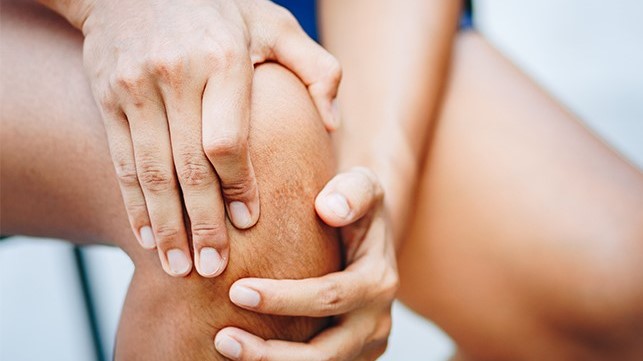
According to orthopedists, immediate medical attention is crucial in case of knee fractures.
Knee Dislocation

In a dislocated knee, your shin and thigh bones may get partially or completely out of position. A dislocated knee is not the same as a dislocated knee cap – the latter is called a patellar subluxation.
Meniscus Tears
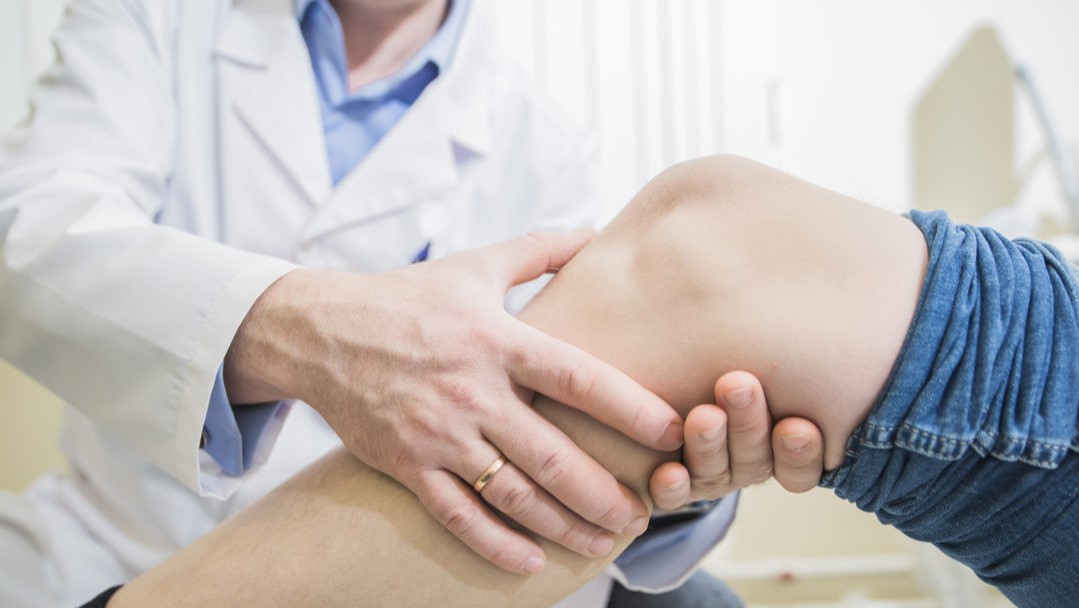
Older athletes are at greater risk of meniscus tears, and most patients are above the age of 65.
Osteoarthritis
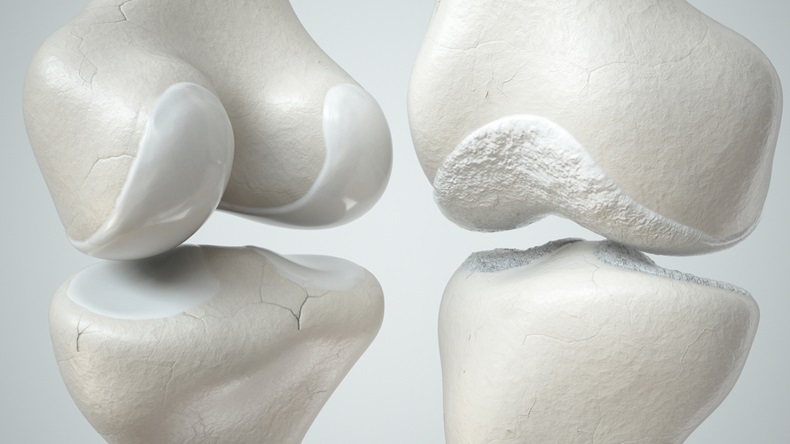
To diagnose any symptoms of knee osteoarthritis, you must see an orthopedic specialist soon before the condition worsens.
ACL Tears
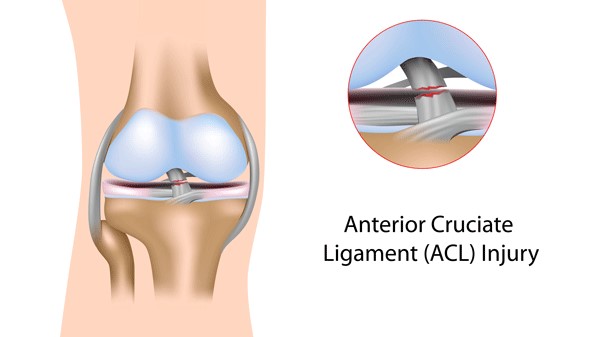
If the conventional methods fail to work for the injury, you may need to undergo surgery.
PCL Tears
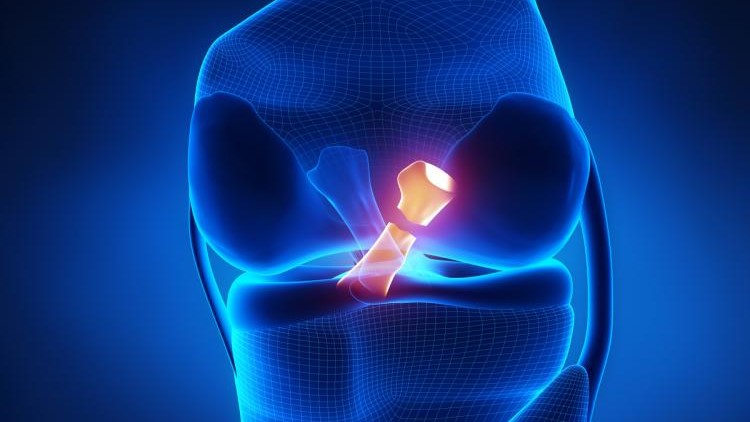
PCL tears constitute for only 20% of knee ligament injuries though. You should see an orthopedist for instant healing.
Interventions
Important Links
Contact Us
Room No: 338, 3rd Floor
Yasodha Hospital
Somajiguda, Hyderabad.
+91 9456002345
drtdrreddy@gmail.com
